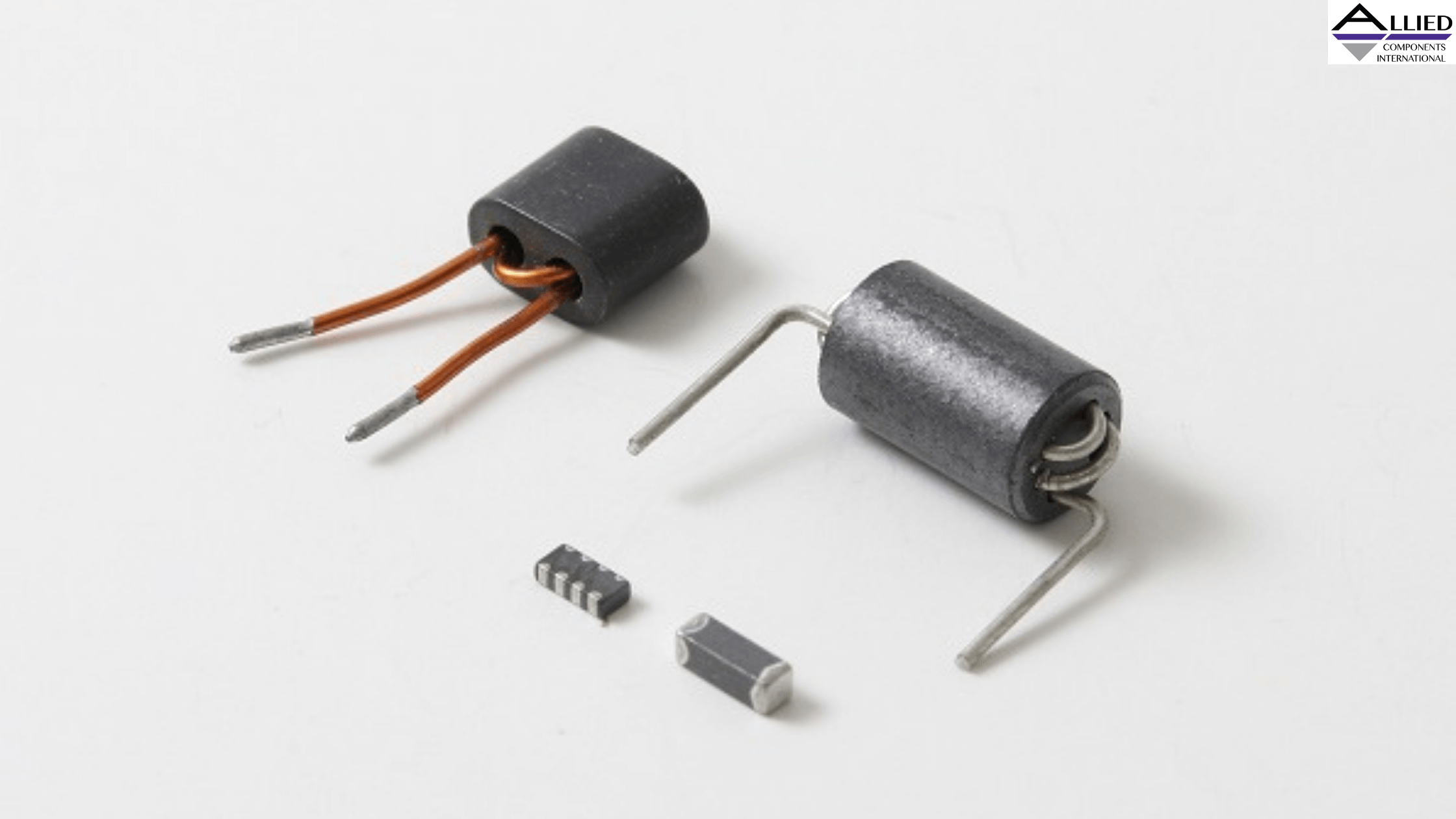A Guide to Ferrite Beads

Without proper design, ferrite beads may aggravate rather than correct the noise problem in electrical systems. Read on to learn how to select ferrite beads and to get the most out of your system noise-removing components.
What Is a Ferrite Bead?
A ferrite bead is an electronic component that passively eliminates high-frequency noise energy from a circuit over a wide frequency range. The device attains resistivity above its intended frequency range, removing the noise in the form of heat.
Simplified Ferrite Bead Modeling and Simulation
You can model a ferrite bead as a simplified circuit comprising resistors, inductors, and capacitors. Typically, ferrite beads fall into three response categories: inductive, resistive, and capacitive. To filter high-frequency noise, such as for electromagnetic interference (EMI) filtering application, you should deploy the bead in the circuit's resistive region. The device serves as a resistor, blocking the high-frequency noise and dissipating it as heat.
DC Bias Current
When selecting a ferrite bead filter for high-power applications, you should take into account the filter bandwidth and the impedance properties of the component with respect to DC bias current. Keep in mind that the load current through a ferrite bead in a power supply filtering application isn't zero at any time. Also, there's a significant change in all these parameters as the DC bias current increases from zero. Saturation of the core material begins with the increase in the DC bias current, substantially decreasing the bead's inductance.
LC Circuit Resonance
When designing a ferrite beads system, you'll also want to consider resonance peaking. This phenomenon occurs when the noise-filtering circuitry incorporates a decoupling capacitor. Ignoring the effect may have detrimental outcomes, such as worsening instead of attenuating the ripple and noise energy problem in your circuit. Resonant peaking usually occurs at the common DC/DC conversion switching frequencies.
Resonance Damping Methods
You can significantly minimize resonant peaking in your circuit in several ways. One approach involves incorporating a series resistor in the decoupling capacitor path. While this method reduces system resonance, at high frequencies, it compromises the bypass performance. You could, alternatively, add a small parallel resistor across the ferrite bead filter, but this design degrades the device's attenuation effectiveness at high frequencies.
Typically, the most effective resonance damping technique entails incorporating a large capacitor (CDAMP) and a series damping resistor (RDAMP). Adding the two components in your noise-filtering circuit minimizes resonant peaking without affecting the bypass performance, including at high frequencies.
In noisy digital or analog components, ferrite beads can provide significant filtering and isolation. Visit Allied Components International to explore our extensive catalog of electronic components. We manufacture ferrite beads, custom inductors, transformers, and much more.


